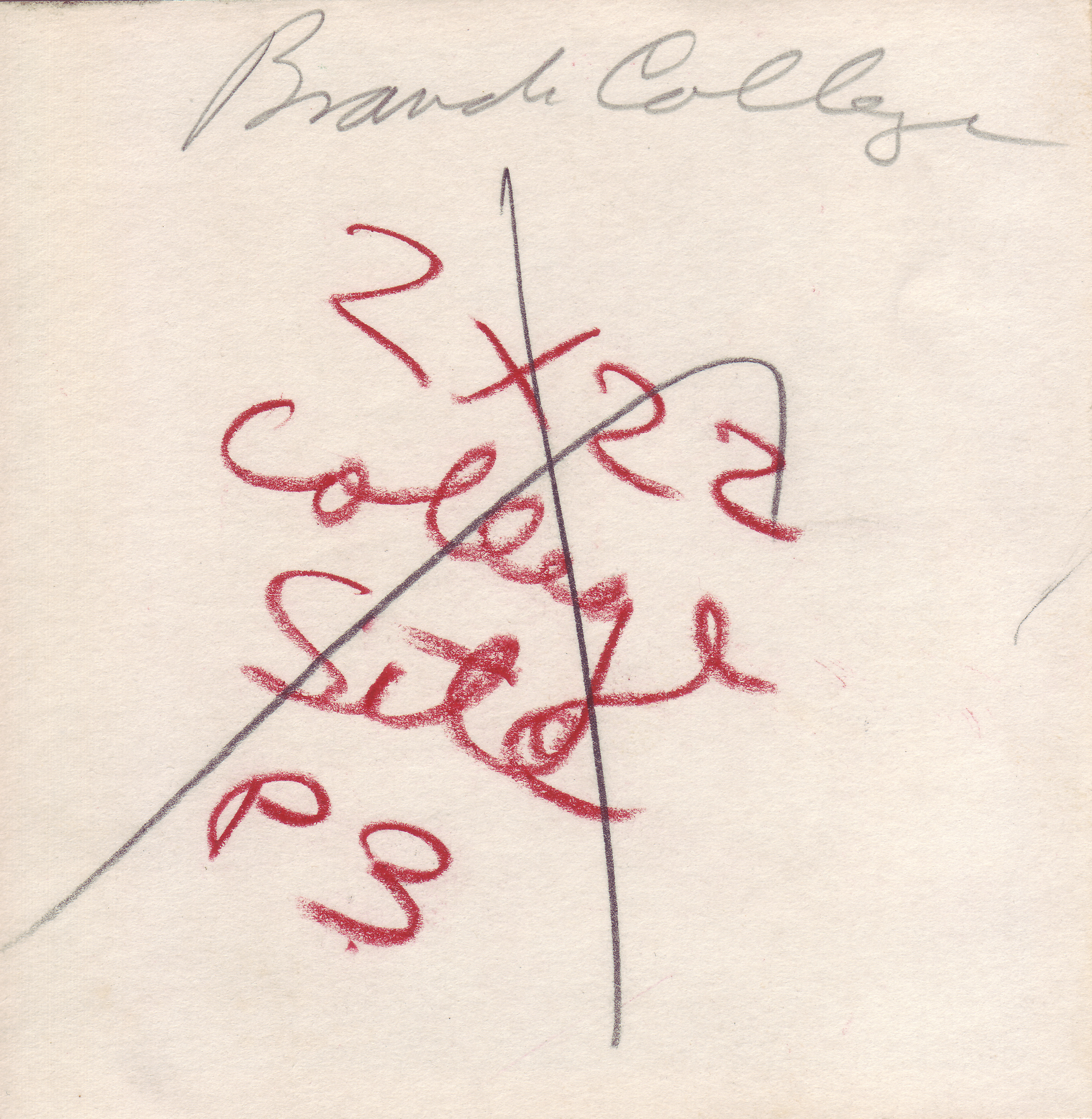The Search
As early as April of 1954, the Advisory Council for the Northern Virginia University Center actively studied various sites for both temporary and permanent locations for the branch college. Although the group’s main function was to advise the University on the matters pertaining to the operation of the Northern Virginia Center at Arlington, it attacked its secondary responsibility of exploring how the center might be transformed into a branch college with as much, if not more, enthusiasm. A large part of the establishment of the future branch was finding a suitable tract of land on which to build, or at least a temporary location with an existing building or buildings, that could host the college until permanent quarters were finished. The Council was given the responsibility of finding appropriate properties and submitting them to the University for consideration by its Board of Visitors.
Early in the site selection process University of Virginia President Darden had suggested some guidelines for acquirable land to members of the Advisory Council and the Board. He believed that any site must be no less than 50 acres in size. It must be near the geographic and population center of the region, have access to local transportation, and, if possible, have water and sewer available. [1] Later, a suggestion that the site have some sort of historical significance was added to the discussion. By 1956 a more elaborate and official set of guidelines was disseminated. [2] With these principles in mind, the two groups would begin looking for a suitable place for the new branch college.
In order for a property to be considered as a temporary site for the branch, it had to be able to conform to the Southern Association of Colleges and Secondary Schools definition of a “branch.” Viable locations primarily had to consist of a separate physical plant and not share space with some already existing organization. A branch also had to have its own faculty, curricula, stable course offerings, classrooms, and laboratories. [3]
While the Advisory Council focused on meeting all of the guidelines established by President Darden, one guideline upon which they would remain non-negotiable throughout was that the site was near as possible to the center of the population of Northern Virginia. The exact meaning of this concept was at the center of the debate between the local Advisory Council and the Charlottesville-based Board of Visitors. The Advisory Council wished to establish a location that would serve the Northern Virginia population of the late 1950s and early 1960s immediately. They focused on locations in the central part of Fairfax County which were easily accessible to students traveling from Alexandria, Arlington, Falls Church, and to a lesser degree, Prince William and other counties. As for the Board representing the University, their ideal location was in the far western part of Fairfax County, or even further west. The Board suggested that such a location would be well-placed to serve the population as future land development expanded west.
But was this stance simply a thinly veiled attempt by certain members of the Board aimed at locating the branch a significant distance away from the perceived progressive bastion of Arlington, as Mann strongly suggests in his unpublished narrative of the early history of George Mason? Although it could be argued that the Board was acting with the best interests of the University in mind, Mann was convinced that certain members were not immune to exercising their political beliefs during this process. It should be noted that the local jurisdictions (Arlington County, Fairfax County, and the cities of Falls Church, and Alexandria) would be purchasing the land. Each would be responsible for providing part of the cost of the land and a portion of the operating costs of the new college. This simple fact should have made it difficult for the Board to force any unwanted location on the local population, especially when they were prepared to pay any reasonable amount to secure a convenient location for their school.
Browse items related to The Search.








